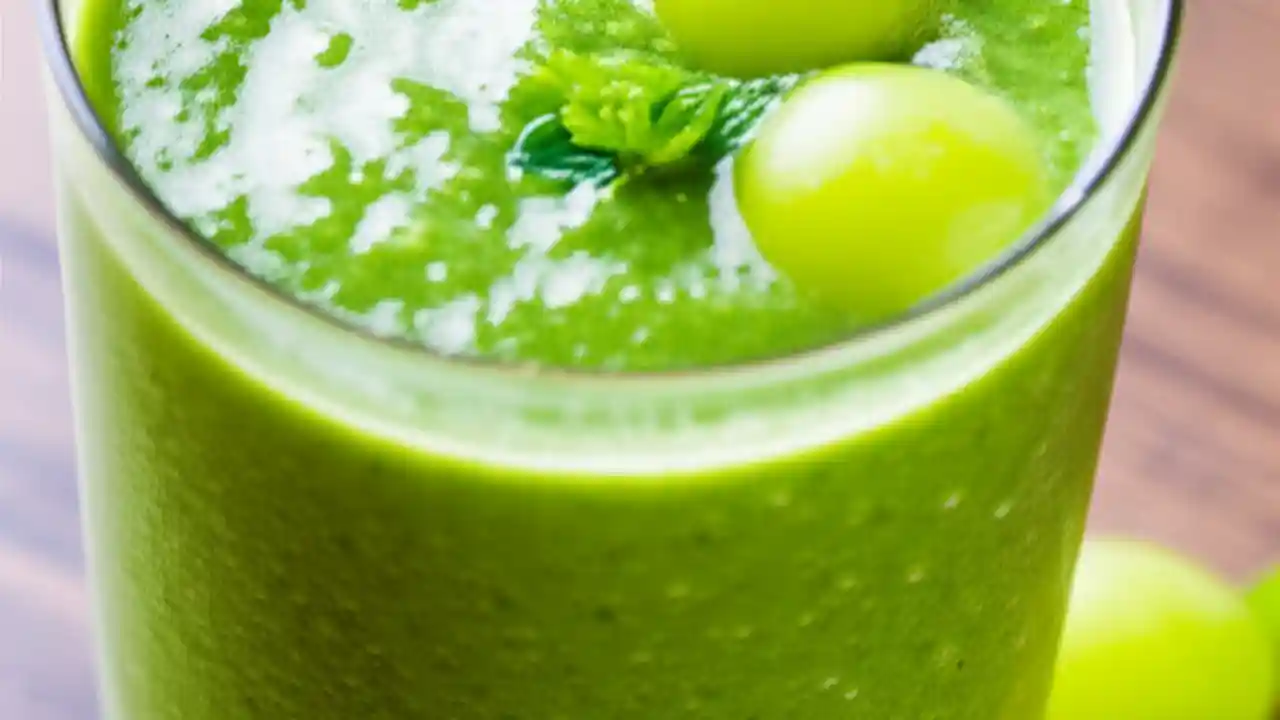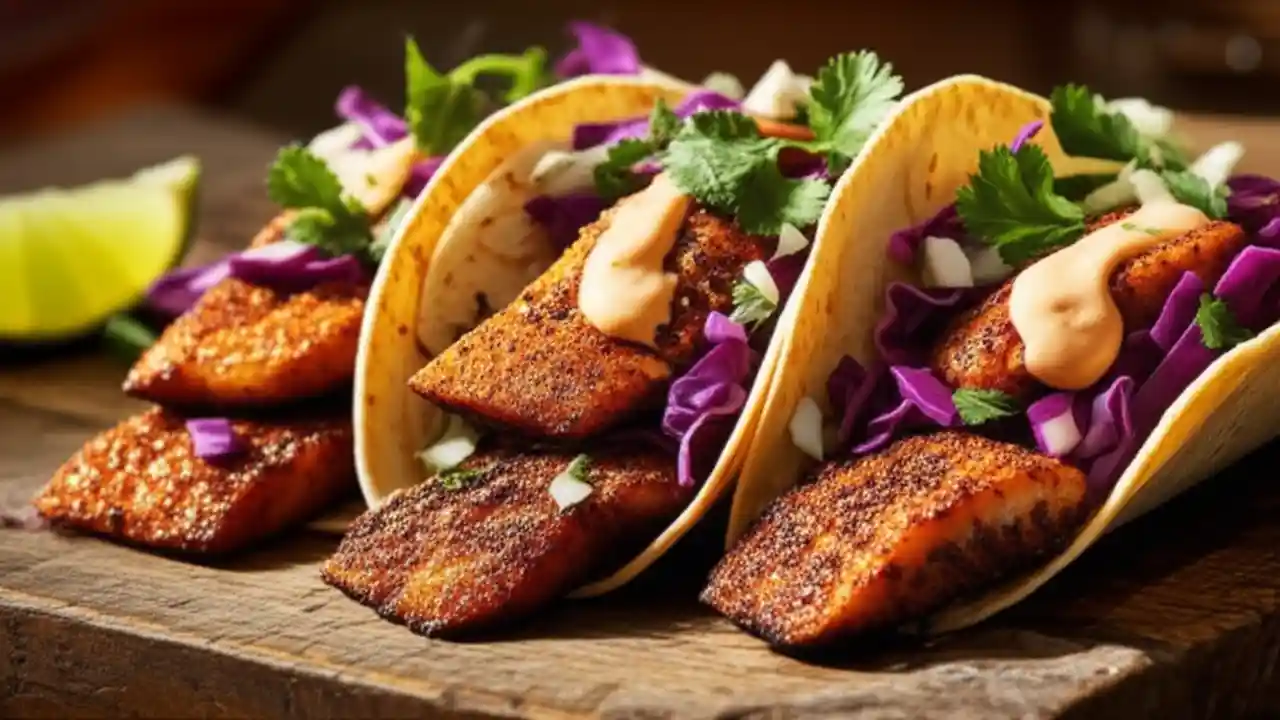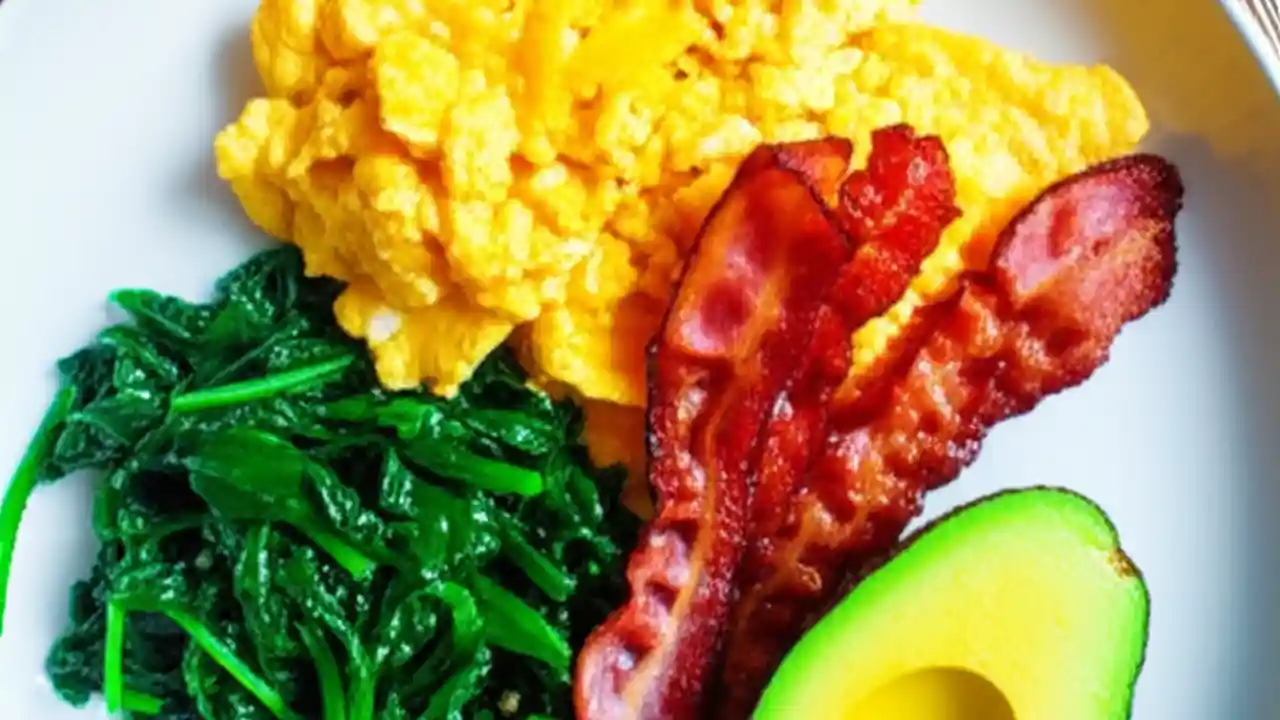Starting your day with a healthy ketogenic breakfast is crucial for maintaining ketosis, boosting energy, and supporting overall well-being. The key lies in prioritizing high-quality fats and proteins while keeping net carbohydrates to an absolute minimum. Forget the sugar-laden cereals and carb-heavy toasts; a truly effective keto breakfast focuses on nutrient-dense options like eggs, avocados, fatty fish, and low-carb vegetables, setting you up for sustained energy and satiety throughout your morning.
As we navigate 2025, the keto lifestyle continues to evolve, offering more innovative and delicious ways to adhere to its principles. This comprehensive guide will explore the foundational elements of a healthy keto breakfast, delve into practical meal ideas for busy mornings, address common nutritional concerns, and share strategies for long-term success. Whether you’re a seasoned keto veteran or just starting your low-carb journey, you’ll find everything you need to master your morning meal and thrive on a ketogenic diet.
Table of Contents
Mastering Your Keto Mornings: The Essentials
Embarking on a ketogenic diet means reimagining your breakfast plate. It’s no longer about carb-loading but about embracing healthy fats and adequate protein. This section breaks down the foundational principles and what truly constitutes a “healthy” start to your keto day.
What exactly makes a breakfast “healthy” on a ketogenic diet?
A healthy keto breakfast is defined by its macronutrient composition and the quality of its ingredients. It should be rich in healthy fats (like those from avocados, olive oil, and nuts), provide moderate, high-quality protein (from eggs, fish, or grass-fed meats), and contain minimal net carbohydrates (fiber-rich non-starchy vegetables). The goal is to fuel your body without spiking blood sugar, keeping you in a state of ketosis for optimal fat burning and mental clarity.
What are the best fat sources for a ketogenic breakfast?
Choosing the right fats is paramount for a successful keto breakfast. These fats provide sustained energy and help keep you full. Here are some top picks:
- **Avocado:** Creamy, delicious, and packed with monounsaturated fats and fiber.
- **Extra Virgin Olive Oil:** Excellent for dressings or drizzling over dishes.
- **Coconut Oil/MCT Oil:** MCTs are rapidly converted to ketones, providing quick energy.
- **Ghee/Butter (Grass-fed):** Rich in fat-soluble vitamins and conjugated linoleic acid (CLA).
- **Nut Butters (unsweetened, e.g., almond, cashew):** Great for a quick fat boost, but watch carb counts.
- **Fatty Fish (Salmon, Mackerel):** Provide omega-3 fatty acids, crucial for brain and heart health.
Can I have fruit for breakfast on a keto diet, and if so, which ones?
Most fruits are too high in sugar to be keto-friendly. However, a few low-carb berries can be enjoyed in moderation. These include:
- **Raspberries:** About 5g net carbs per half cup.
- **Blackberries:** Around 6g net carbs per half cup.
- **Strawberries:** Approximately 6g net carbs per half cup.
- **Blueberries:** Higher in carbs, so use sparingly – about 9g net carbs per half cup.
Always measure your portions carefully to stay within your daily carb limit.
What are some quick and easy keto breakfast ideas for busy mornings?
Even on the busiest mornings, a healthy keto breakfast is achievable. Here are some go-to options:
- **Scrambled Eggs with Avocado:** Cook eggs quickly, slice half an avocado, and you’re done.
- **Keto Smoothie:** Blend unsweetened almond milk, a scoop of keto protein powder, a tablespoon of MCT oil, and a handful of spinach.
- **Hard-Boiled Eggs:** Prepare a batch at the start of the week for grab-and-go convenience.
- **Chia Seed Pudding:** Mix chia seeds with almond milk, a dash of sweetener, and a few berries the night before.
- **Leftover Dinner:** Don’t underestimate the power of repurposing dinner for breakfast! A piece of grilled salmon or steak with some leftover roasted low-carb veggies works perfectly.
Beyond the Basics: Nutritional Considerations & Meal Prep
Moving beyond just “what to eat,” this section dives into optimizing your keto breakfast for maximum nutritional benefit and addresses practical aspects like meal preparation and common pitfalls.
How can I ensure my keto breakfast is nutritionally complete?
While focusing on fats and protein, it’s vital not to overlook micronutrients. Incorporate a variety of low-carb vegetables like spinach, kale, bell peppers, and mushrooms into your breakfast. These add essential vitamins, minerals, and fiber. Consider adding seeds (chia, flax, hemp) for additional healthy fats and fiber, and a sprinkle of nutritional yeast for B vitamins. Rotating your protein sources (eggs, salmon, bacon) also helps ensure a broader nutrient intake.
What are common mistakes to avoid when preparing a keto breakfast?
Even seasoned keto dieters can fall into common traps. Here’s what to watch out for:
- **Hidden Carbs:** Check labels on sauces, processed meats (e.g., some sausages can have fillers), and dairy products.
- **Not Enough Fat:** A common error, leading to hunger and difficulty staying in ketosis. Don’t be afraid to add extra healthy fats.
- **Too Much Protein:** While essential, excessive protein can be converted to glucose through gluconeogenesis, potentially kicking you out of ketosis. Aim for moderate protein.
- **Lack of Electrolytes:** Keto flu symptoms often stem from electrolyte imbalance. Salt your food liberally, consider adding electrolyte drops to water, or incorporating potassium-rich foods like avocado and spinach.
- **Over-reliance on Processed Keto Products:** While convenient, many “keto” processed foods still contain questionable ingredients or artificial sweeteners that can cause issues for some. Prioritize whole, unprocessed foods.
What are some effective strategies for meal prepping keto breakfasts for the week?
Meal prepping is a game-changer for consistency. Here are a few tried-and-true methods:
- **Egg Muffins/Frittatas:** Bake a batch of egg muffins with your favorite low-carb veggies and cheese. They reheat beautifully.
- **Keto Granola:** Make a large batch of homemade keto granola using nuts, seeds, and coconut flakes. Store in an airtight container for quick serving with almond milk.
- **Breakfast Burrito Bowls:** Cook ground meat (sausage, beef) with spices, and portion it into containers with pre-chopped salsa and avocado. Add eggs fresh or pre-cook them.
- **Chia Pudding:** As mentioned, prepare individual servings of chia pudding in jars.
- **Cooked Bacon/Sausage:** Cook a whole package of bacon or sausage links once and store for easy reheating.
Addressing Specific Dietary Needs and Preferences
The ketogenic diet can be adapted for various preferences and needs. Here, we explore options for those with specific dietary requirements or who want to broaden their keto breakfast horizons.
Are there good keto breakfast options for vegetarians or vegans?
Absolutely! While challenging, it’s certainly doable. For vegetarians, eggs, full-fat dairy (if tolerated), and plant-based protein powders are staples. For vegans, focus on:
- **Tofu Scramble:** A fantastic egg substitute, seasoned with turmeric for color and black salt for an eggy flavor.
- **Avocado Toast (Keto Version):** On a slice of keto bread, top with mashed avocado, hemp seeds, and nutritional yeast.
- **Nut & Seed-Based Smoothies:** Blend nut milk, protein powder (hemp, pea), nut butter, and spinach.
- **Vegan Keto Pancakes/Waffles:** Use almond flour, coconut flour, and egg substitutes.
- **Tempeh or Seitan (in moderation):** Check carb counts, but these can be protein-rich additions.
How do popular sweeteners like erythritol or stevia impact a keto breakfast?
Non-nutritive sweeteners like erythritol, stevia, monk fruit, and allulose are popular in keto breakfasts to add sweetness without raising blood sugar. They generally have no glycemic impact and are considered safe for ketosis. However, individual sensitivities vary. Some people report digestive upset with large amounts of sugar alcohols (like erythritol), while others may find certain sweeteners trigger cravings. It’s always best to use them in moderation and listen to your body.
Keto Breakfast vs. Intermittent Fasting: Can they work together?
Yes, many people combine a ketogenic diet with intermittent fasting (IF). In fact, they often complement each other beautifully. By skipping breakfast (or delaying your first meal), you extend your fasting window, which can enhance fat burning and cellular repair processes like autophagy. When you do break your fast, ensure it’s with a nutrient-dense, keto-compliant meal to maintain ketosis and energy levels. This often means your “breakfast” might occur later in the day, around lunchtime, but the principles of a healthy keto meal still apply.
Advanced Keto Breakfast Strategies & Comparisons
This section delves into refining your keto breakfast routine, addressing common myths, and comparing keto breakfast principles to other popular dietary approaches.
What’s the ideal macronutrient ratio for a healthy keto breakfast?
While individual needs vary, a typical ketogenic macronutrient ratio aims for:
| Macronutrient | Percentage of Calories |
|---|---|
| Fat | 60-75% |
| Protein | 20-30% |
| Net Carbohydrates | 5-10% (typically 20-50g per day) |
For breakfast, this means focusing on healthy fats first, followed by moderate protein, and very few net carbs. For example, a two-egg scramble with half an avocado and a side of spinach fits this profile well.
Keto Breakfast vs. Paleo Breakfast: What are the key differences?
While both diets emphasize whole, unprocessed foods and avoid grains, there are key distinctions:
Paleo focuses on foods available to our Paleolithic ancestors, excluding grains, legumes, and most dairy. It doesn’t restrict carbohydrates as strictly as keto. A paleo breakfast might include sweet potatoes or fruits like bananas, which are high in carbs and not typically keto-friendly.
Keto, on the other hand, strictly limits carbohydrates to induce ketosis, regardless of whether a food was “ancestral.” While there’s overlap (e.g., eggs, meat, non-starchy vegetables are common to both), keto requires a much higher fat intake and very low carb intake, making many paleo staples (like starchy vegetables or high-sugar fruits) unsuitable for a keto breakfast.
Can I include dairy in my keto breakfast, and which types are best?
Dairy can be included in a keto breakfast, but choose wisely. Full-fat, unsweetened dairy is generally preferred. Options include:
- **Heavy Cream:** Great for coffee or sauces, low in carbs.
- **Full-Fat Greek Yogurt (plain, unsweetened):** Higher in carbs than heavy cream, but some brands are very low-carb. Check labels carefully.
- **Cheese:** Most hard and soft cheeses are keto-friendly and excellent for adding fat and flavor to eggs.
- **Butter/Ghee:** As mentioned, excellent fat sources.
Avoid milk (lactose is a sugar), low-fat dairy (often higher in carbs or additives), and sweetened yogurts. Always check the nutrition label for net carb content.
Mastering the healthy ketogenic breakfast is more than just a meal; it’s a foundational pillar of success on this dietary journey. By prioritizing quality fats, moderate protein, and minimal net carbs, you’re not only fueling your body efficiently but also setting the stage for sustained energy, mental clarity, and overall well-being. Remember, consistency and smart choices are key to unlocking the full potential of your keto lifestyle.
We hope this guide empowers you to create delicious, satisfying, and truly healthy keto breakfasts. If you found this information valuable, consider sharing it with friends and family embarking on their own wellness journeys. Explore our other articles for more in-depth insights into ketogenic living!












